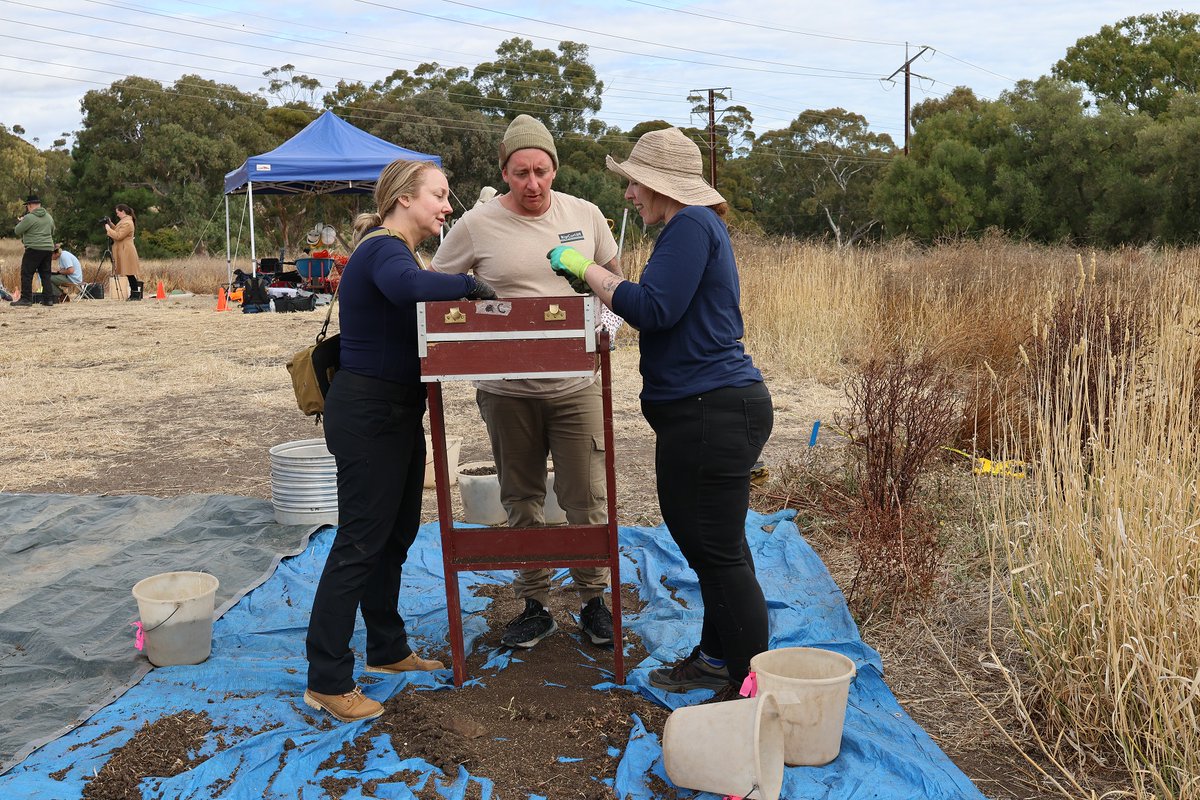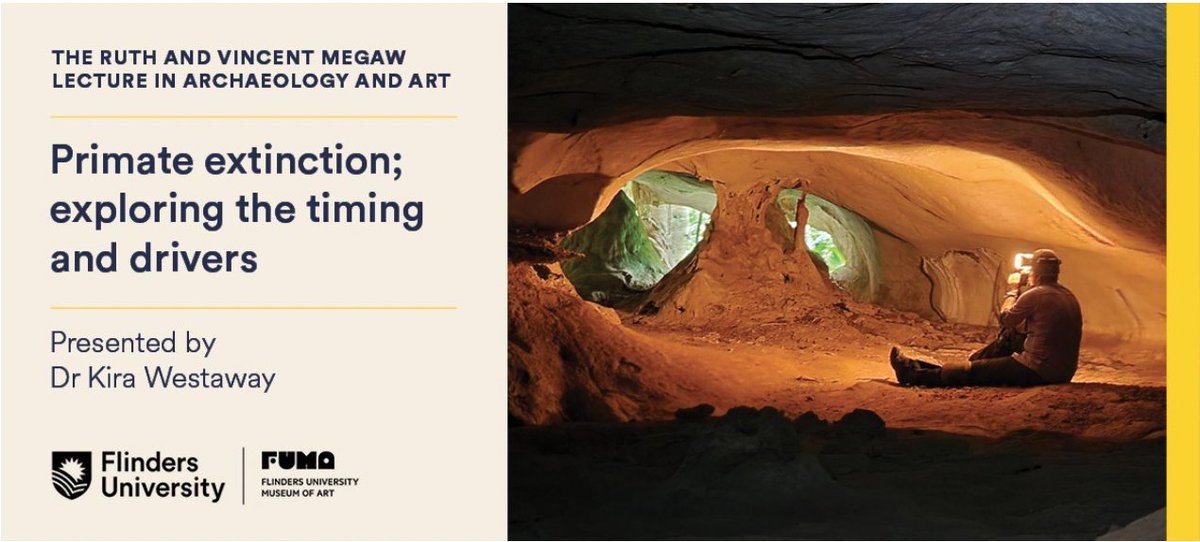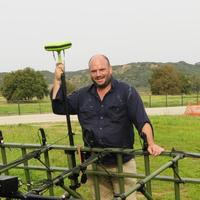
Ian Moffat
@archaeometry
Associate Professor of Archaeological Science @Flinders. @arc_gov_au Future Fellow. Geo⁴ (Geophysics, Geochemistry, Geomatics and Geology) in Archaeology
ID: 102318483
https://www.flinders.edu.au/people/ian.moffat 06-01-2010 08:52:22
3,3K Tweet
4,4K Followers
4,4K Following

Ian Moffat kicking off his and Jarrad Kowlessar’s session, “Digital Landscape Archaeology: New Possibilities and Old Problems”, with a love story about him and Percy the GPR machine. #CAA2024 CAA 2024 Auckland
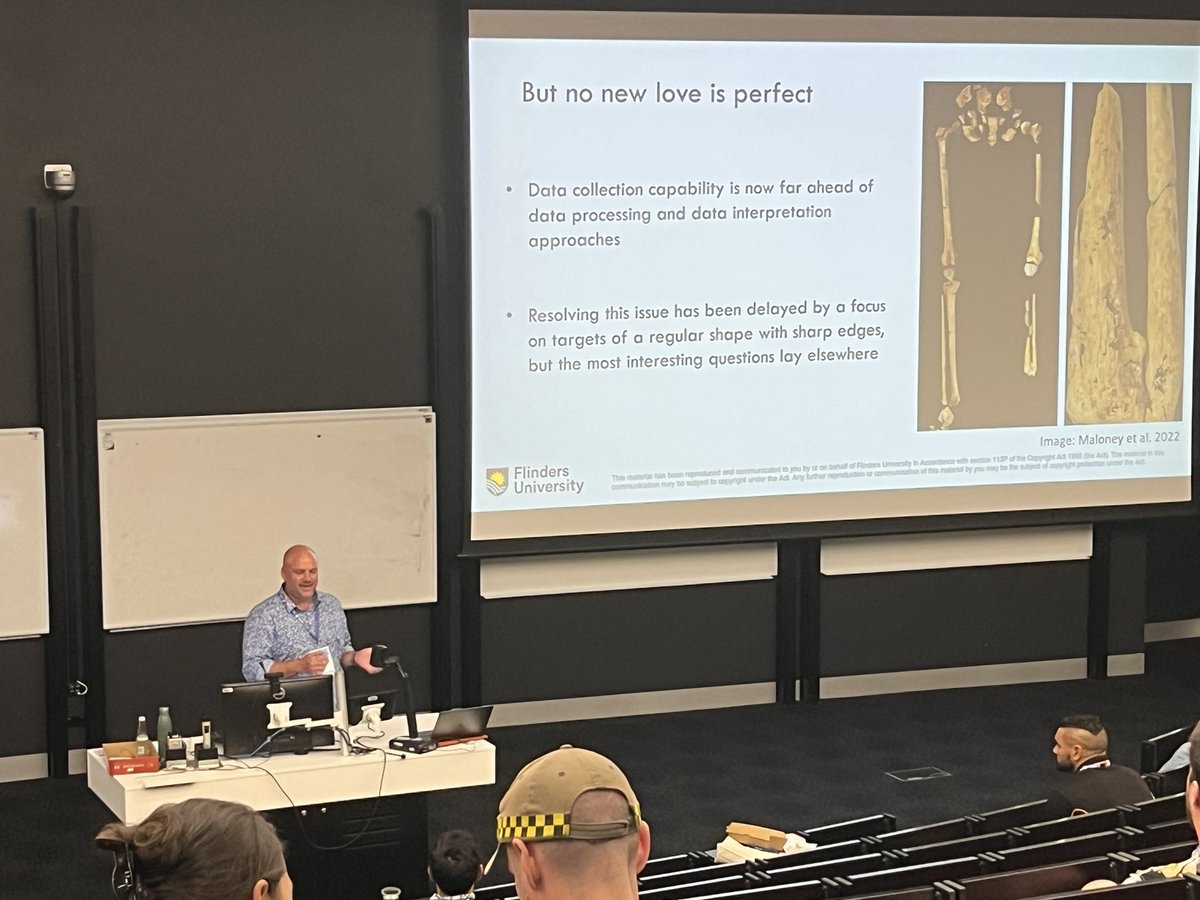
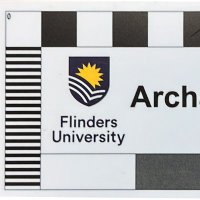

I was thrilled to attend the graduation of the latest generation of Flinders Archaeology archaeologists yesterday, especially Dr Everett, Dr McAllister-Hayward and my mother in law tayuschka! Flinders University

Thanks to Australian Geographic for the recent article about our research! Jarrad Kowlessar australiangeographic.com.au/topics/history… Flinders Archaeology Flinders University
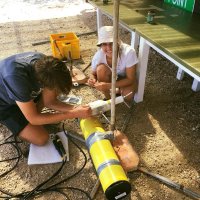

Just out in Nature Communications with Tristan Salles GARG and others “Physiography, foraging mobility, and the first peopling of Sahul” nature.com/articles/s4146… and in The Conversation - Australia + New Zealand theconversation.com/we-reconstruct… Flinders University Flinders Archaeology

By detailing the landscape at the time of first humans’ migration into Australia, we can better understand how people travelled and where they settled. ✍️ Tristan Salles (University of Sydney) + colleagues (Flinders University, @SCUonline, Université Grenoble Alpes) theconversation.com/we-reconstruct…
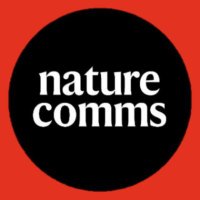
Colonization of Sahul by Homo sapiens is an ongoing topic of research. Salles et al. model the environment through time in combination with Lévy walk foraging patterns to suggest a wave of dispersal following coastlines and rivers. Tristan Salles nature.com/articles/s4146…



Archaeologists are great at digging up stuff & studying the past. But we’re not so great at sharing our work in a way that’s understandable, accessible & relevant to all. In my new article, I explore why this is & how we can improve PS Flint Dibble 🍖🏺 rocks doi.org/10.1080/031224…



Working as part of an Aus and intl team, Flinders archaeologists Mike Morley and Mirani Litster have helped to reassess the route that early humans took to reach Australia, using stone artefacts and animal bones found in a cave on Timor Island. Read more: bit.ly/3yG6o9K

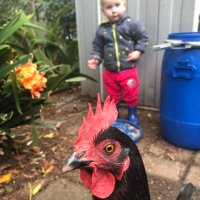
Come and work with us at the Flinders Microarchaeology Laboratory and get to stare wistfully at interesting thin sections of archaeological dirt... #geoarchaeology #micromorphology Flinders University Flinders Archaeology DISPERSCAPES Project



I'm thrilled to have made a small contribution to this fantastic open access book edited by Carmen Cuenca-Garcia, Andrei Asăndulesei and Kelsey Lowe resulting from the SAGA_COST Action link.springer.com/book/10.1007/9…

Very happy to be flying around the Simpson Desert this week unravelling the landscape history of some fascinating salt lakes. Thanks to Australian Research Council, Flinders University and the Wangkangurru Yarluyandi Aboriginal Corporation for making this project possible!





